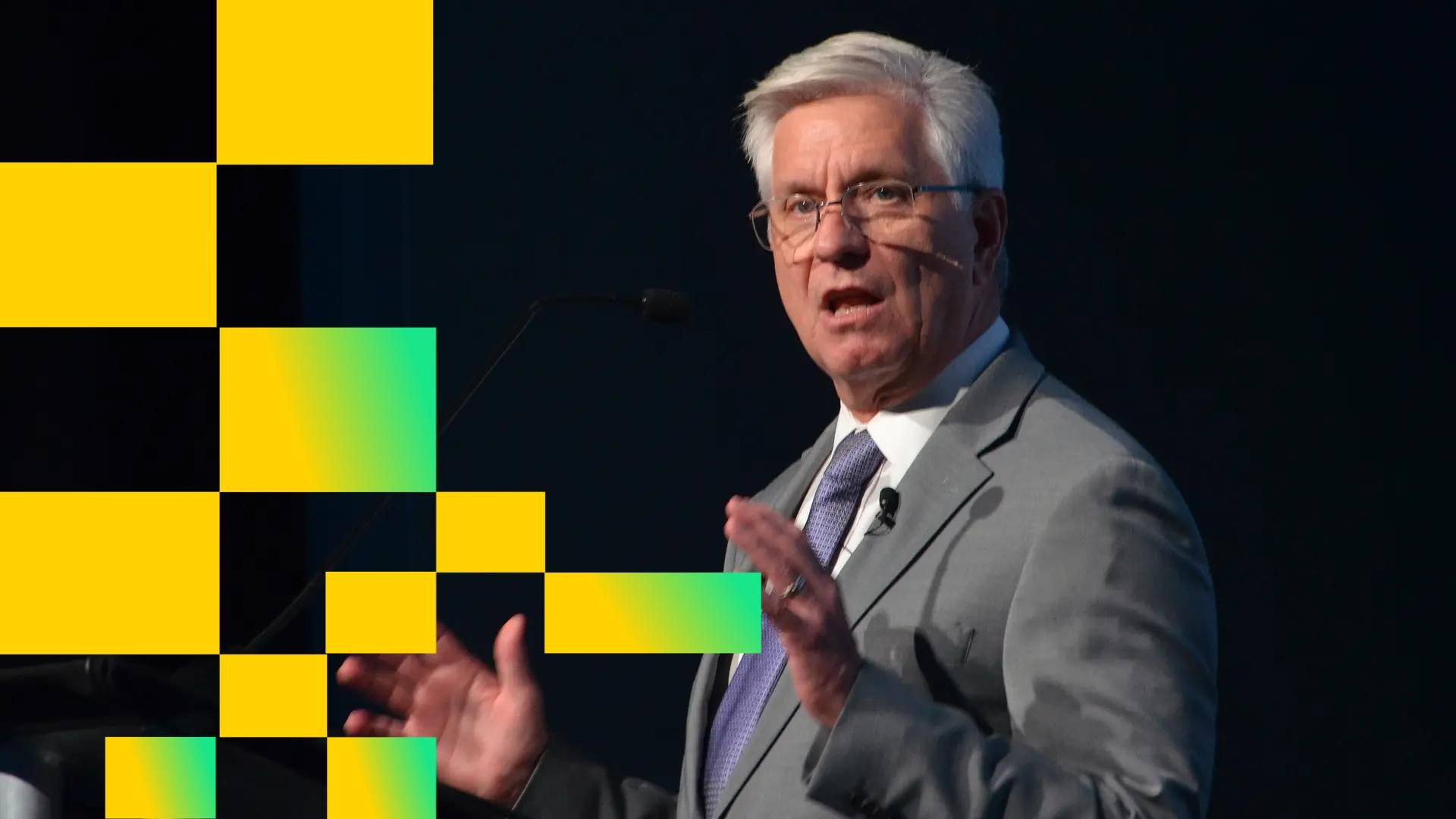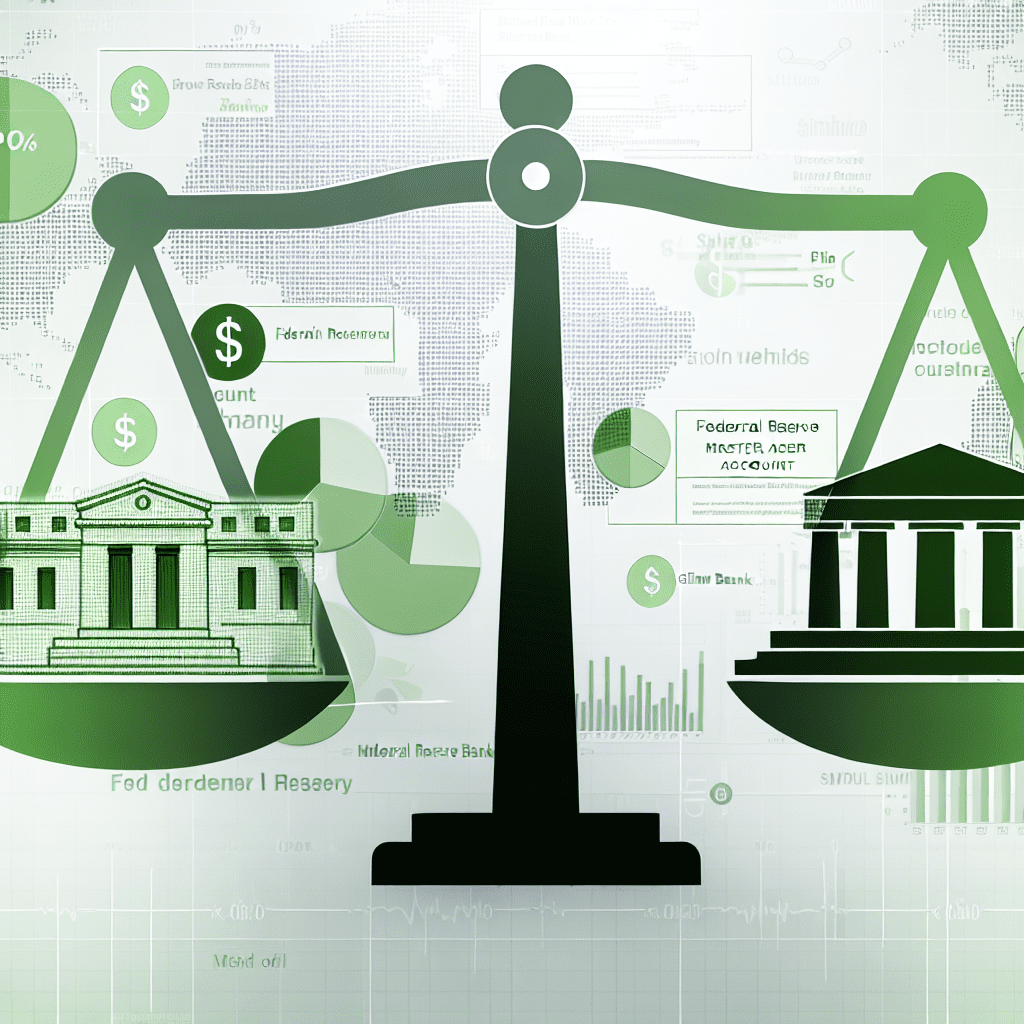
During my time at the Federal Reserve, we often joked that our role was to uphold the status quo. The Fed’s mission has historically included maintaining financial stability, not disrupting it. However, Fed Governor Chris Waller’s recent address urging Fed staff to explore the establishment of a new “payments account” for nonbank payment providers at this week’s Fed Payments Innovation Conference signifies a substantial challenge to the belief that only banks in America have the privilege to transfer funds and decide who accesses the Fed’s balance sheet.
When I commented in 2023 that “stablecoins represent the battleground for the future of money,” I intended to highlight the true dichotomy over who secures entry to the monetary system — banks, fintechs, or decentralized networks. Two years on, Waller’s suggestion thrusts that contention into the Fed’s arena.
While the UK and EU have robust frameworks for payment providers like e-money institutions, the U.S. lacks a comparable federal payments charter. Nonbanks are forced to navigate 50 state money transmitter regulations or establish partnerships with banks. The Office of the Comptroller of the Currency’s long-anticipated fintech charter never materialized. This regulatory gap has driven innovation into uncharted territories — paving the way for stablecoin issuers to become the primary payment facilitators of the digital age. Yet, these stablecoin issuers do not have access to Fed payment systems and typically need to collaborate with banks.
Governor Waller’s plan for a “payments account” — which he referred to as a “skinny master account” — would grant eligible non-bank institutions direct access to the Federal Reserve’s payment infrastructure, albeit without the privileges typically granted to banks. These accounts would not earn interest, may have caps, and would not offer daylight overdraft or discount-window access. Their primary function would be to enable payments.
For decades, every monetary transaction in the U.S. has ultimately relied on a bank’s account at the Fed. Fintechs, card networks, and digital wallets could innovate through partnerships with banks. A payments account could revolutionize this structure by providing a narrow, regulated corridor into the fundamental monetary framework — effectively creating a U.S. payments charter via Fed access rather than through legislative means.
In many respects, Waller’s suggestion revitalizes the concept of narrow banking — distinguishing the payments aspect of banking from the credit creation role. Narrow banks maintain high-quality, liquid assets and exist solely to facilitate money transfers, not to extend loans. This notion has emerged cyclically since the 1930s yet has never found firm footing in the U.S. — until now.
This payments account could also redefine the role of stablecoins within the monetary framework. Payment stablecoin issuers operate similarly to narrow banks — managing fully-backed reserves and ensuring payments rather than lending. However, the GENIUS Act does not permit them direct access to Fed payment systems, a necessary step for integrating these stablecoin issuers into the U.S. monetary ecosystem.
If stablecoin issuers could directly manage reserves via a Fed payments account, their tokens would be supported by central bank currency itself. This would also grant the Fed enhanced tools to address systemic risks related to payment stablecoin providers and reconcile the gap between private and public digital currencies.
Stablecoins supported by Fed payments accounts would present a robust alternative to a retail central bank digital currency. Governor Waller has been notably skeptical of a Fed-issued digital currency. His payments account proposal proposes a balanced approach: enabling the private sector to innovate at the forefront while positioning the Fed as the reliable settlement layer supporting it.
During my tenure at the Fed, safeguarding the status quo seemed synonymous with ensuring financial stability. Yet, stability also hinges on the ability to adapt — including the need for central banks to innovate to maintain control over their monetary tools. To echo Giuseppe Tomasi di Lampedusa’s novel The Leopard: “If we want things to remain the same, things will have to change.”

